Affiliate links on Android Authority may earn us a commission. Learn more.
Huawei's plan B for mobile might be called 'Oak OS' (Update: Trademark filed)
Published onJune 13, 2019
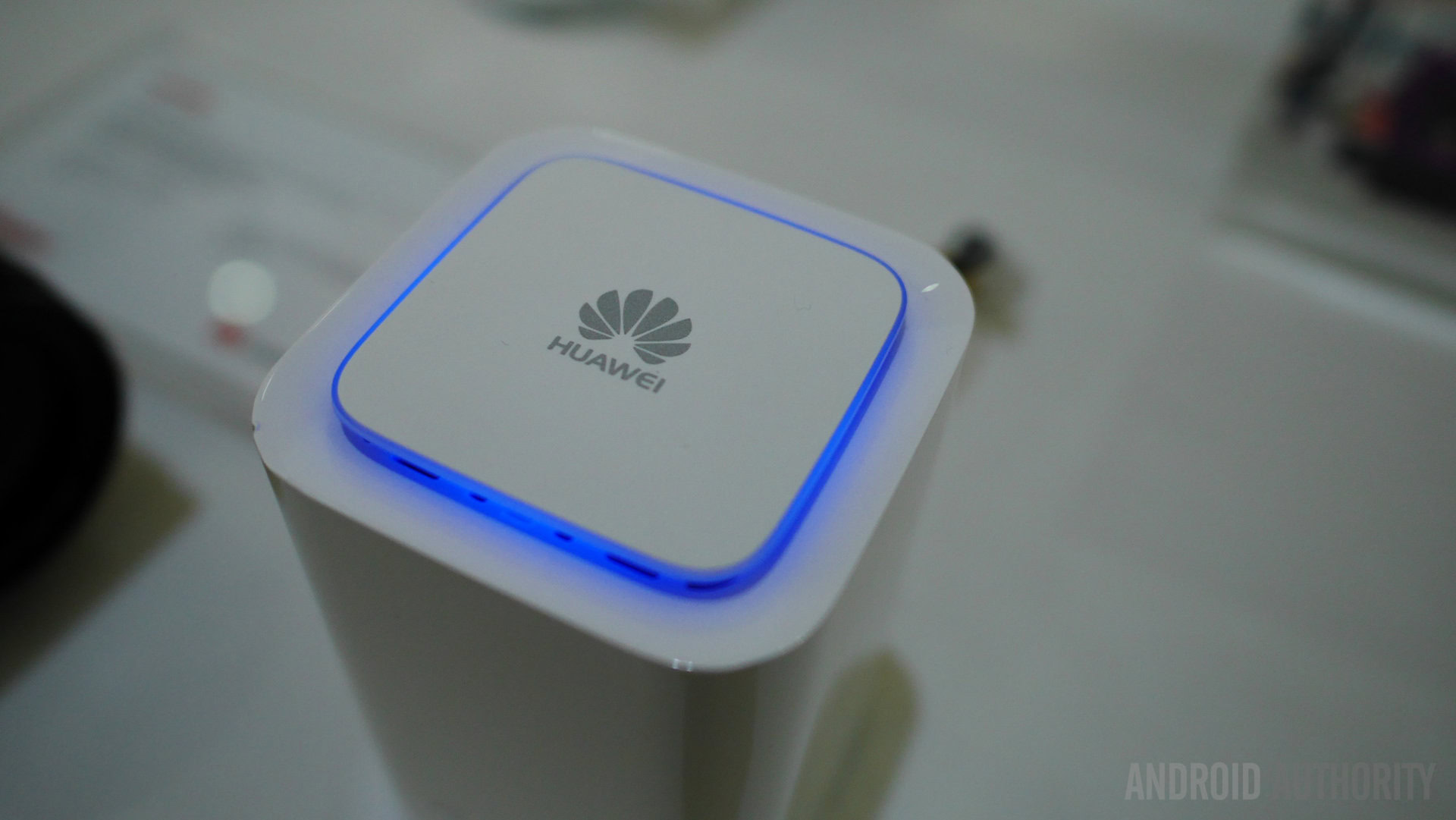
Update, June 13, 2019 (11:15 AM ET): According to a report published on June 7, HUAWEI’s Android alternative would be called “HongMeng OS” in China and “Oak OS” in other markets. The OS would potentially be installed on upcoming phones in place of Google’s Android OS.
Lending credence to that rumor, we now know that HUAWEI has filed a trademark application for HongMeng in at least nine countries as well as Europe (via Reuters). It’s not clear if this means HongMeng will be the name across the world or if Oak OS will take its place. It’s likely HUAWEI is attempting to trademark HongMeng globally just so other brands don’t use it, but Oak OS will be the global name.
You can check out our article on Oak OS to learn more about it.
Original article, May 20, 2019 (10:41 AM ET): HUAWEI has had a rough few days.
Last week, President Trump signed an executive order restricting U.S. business deals with foreign tech companies deemed to pose a national security risk. Though Huawei wasn’t named, it’s clearly one of the targets. At the same time, HUAWEI was added to the Commerce Department’s Entity List, severely restricting its access to U.S. components.
Combined, these moves could have a major impact on Huawei.
Google has now put new limitations on the Chinese OEM in compliance with the government’s measures. HUAWEI’s Android license has been revoked, meaning it misses out on critical services, its devices may be blocked from upgrading to Android Q, and future HUAWEI phones may not come with Google apps.
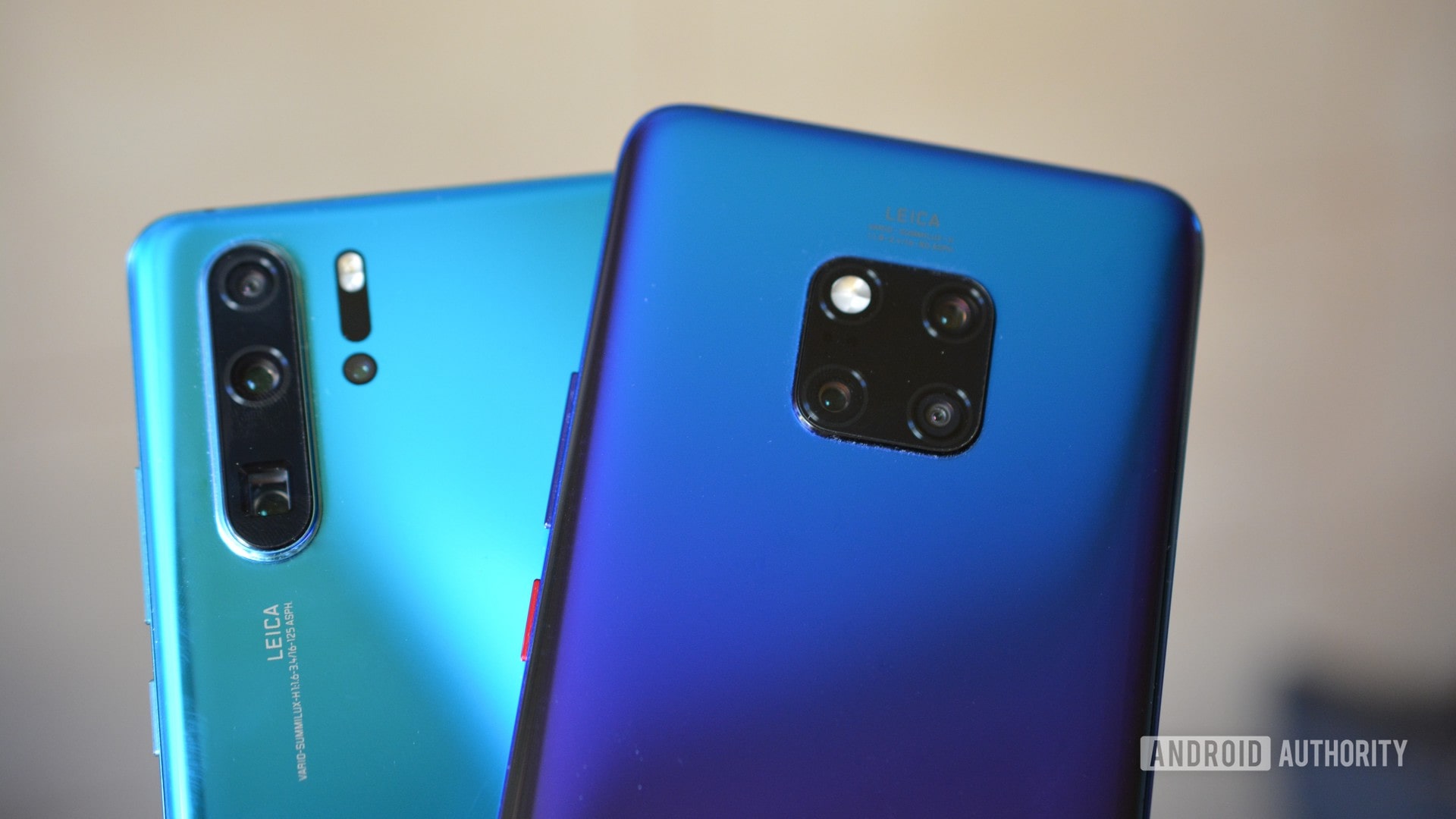
Though it’s far from good news for HUAWEI, its relations with the U.S. have been strained for some time; the company has planned for the eventuality of losing access to U.S. components and Android services. In fact, it has been planning this for many years.
Here’s what we already know about HUAWEI’s plan B for mobile.
Huawei’s Android alternative
HUAWEI is believed to have started development on its own mobile operating system in 2012. This initiative apparently began following a U.S. investigation into the company and ZTE in 2012. Even back then, HUAWEI saw a real possibility of the escalating U.S.-China trade war affecting its business.
Little is known about HUAWEI’s OS, but its development team is — or at least was in 2016 — based in Scandinavia and includes former Nokia employees, according to The Information (paywall).

In April 2018, South China Morning Post hinted at some small details regarding the OS, citing anonymous persons familiar with the matter. An SCMP source said the platform didn’t have many third-party apps yet and that it wasn’t as good as Android — neither of which is necessarily surprising.
The OS was still being worked on in 2018, and it’s likely to have been in continuous development until the present day. HUAWEI’s international circumstances have only worsened in the intervening months, so its plan B is no less necessary than it ever was.
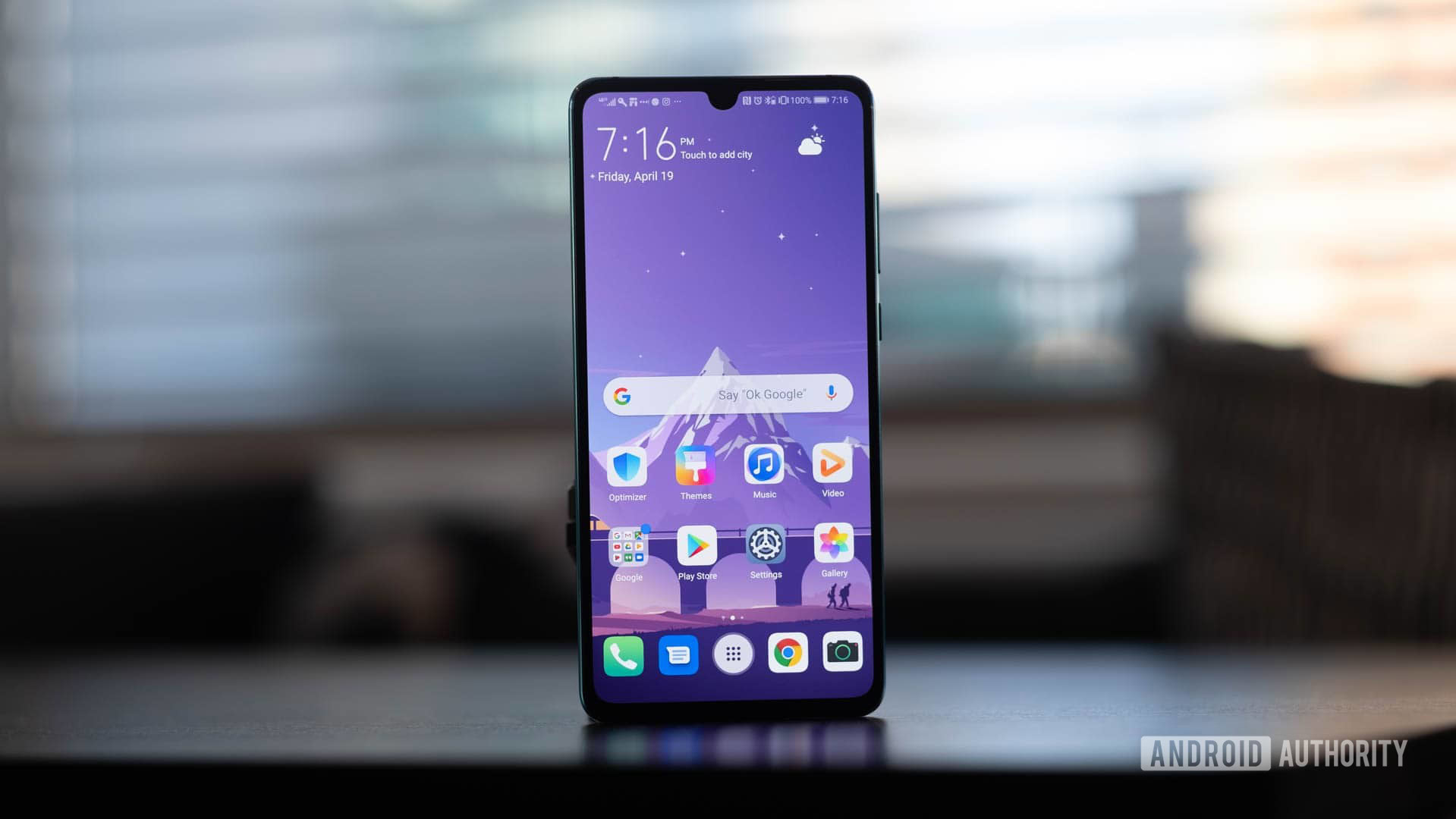
If HUAWEI has been working on the system since 2012 and piling money into since that time, it may be reasonably sophisticated. HUAWEI was already one of the top global spenders on R&D, and last year it said it would raise its R&D budget to between $15 and $20 billion. Further, six or seven years is a long time to develop one technology project — Samsung released the Galaxy S3 in 2012 running then the latest Android version, Ice Cream Sandwich. Mobile tech has improved significantly since those days.
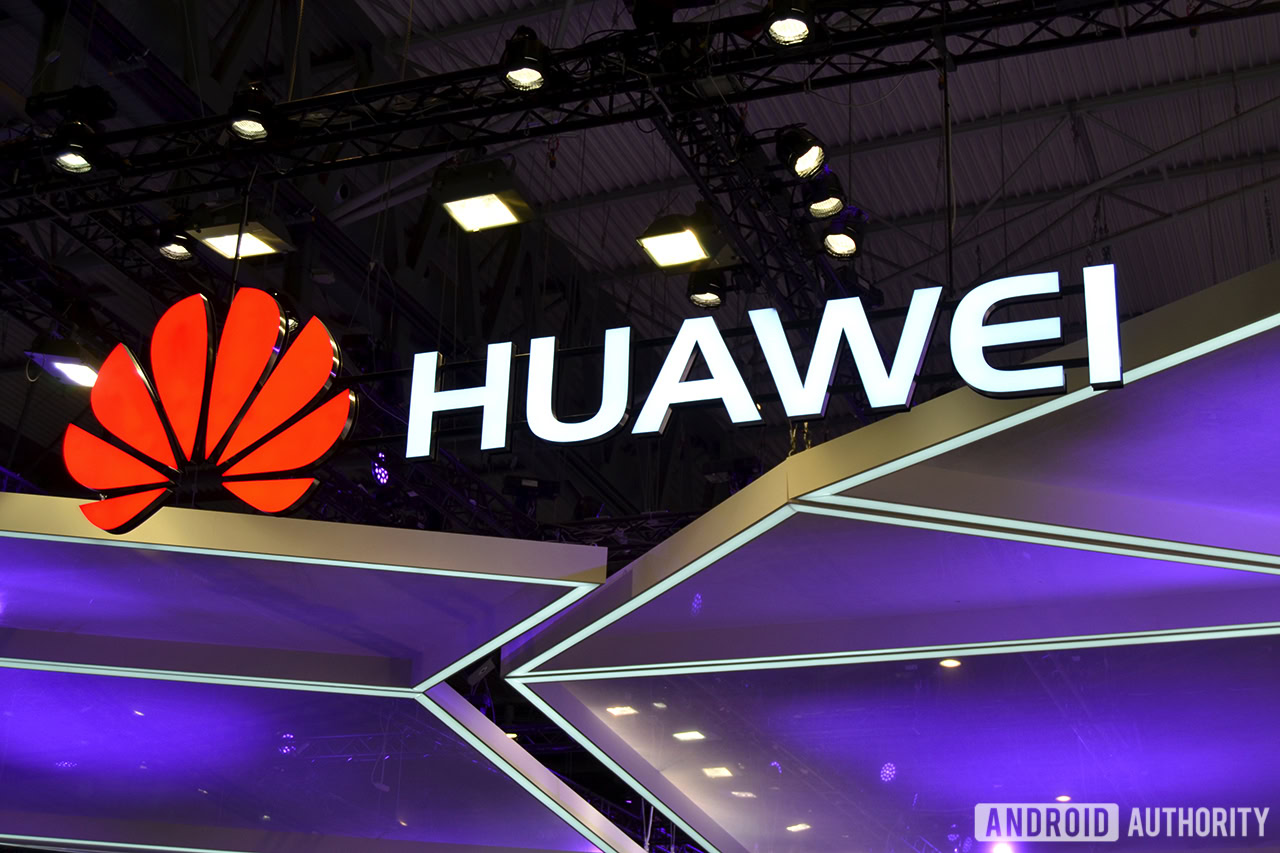
Even if HUAWEI has a serviceable Android alternative, though, that doesn’t mean it wants to launch it. In an interview with Welt.de in March 2019, HUAWEI Consumer Business Group CEO Richard Yu confirmed HUAWEI’s work on the OS, stating [machine translated]: “We have prepared our own operating system. Should it ever happen that we can no longer use these systems, we would be prepared. That’s our plan B. But of course we prefer to work with the ecosystems of Google and Microsoft.”
Component contingency
As well as software worries, HUAWEI’s production is about to take a massive hit. As the world’s second-biggest smartphone manufacturer, it sources numerous components from U.S. companies — including chips from Qualcomm, Intel, Xilinx, and Broadcom for its networking and mobile products.
This could cause some long-term damage to HUAWEI, but it may be able to stave off any significant blows in the short term. According to Bloomberg, the company is believed to have at least a three-month “stockpile” of components to keep itself going.
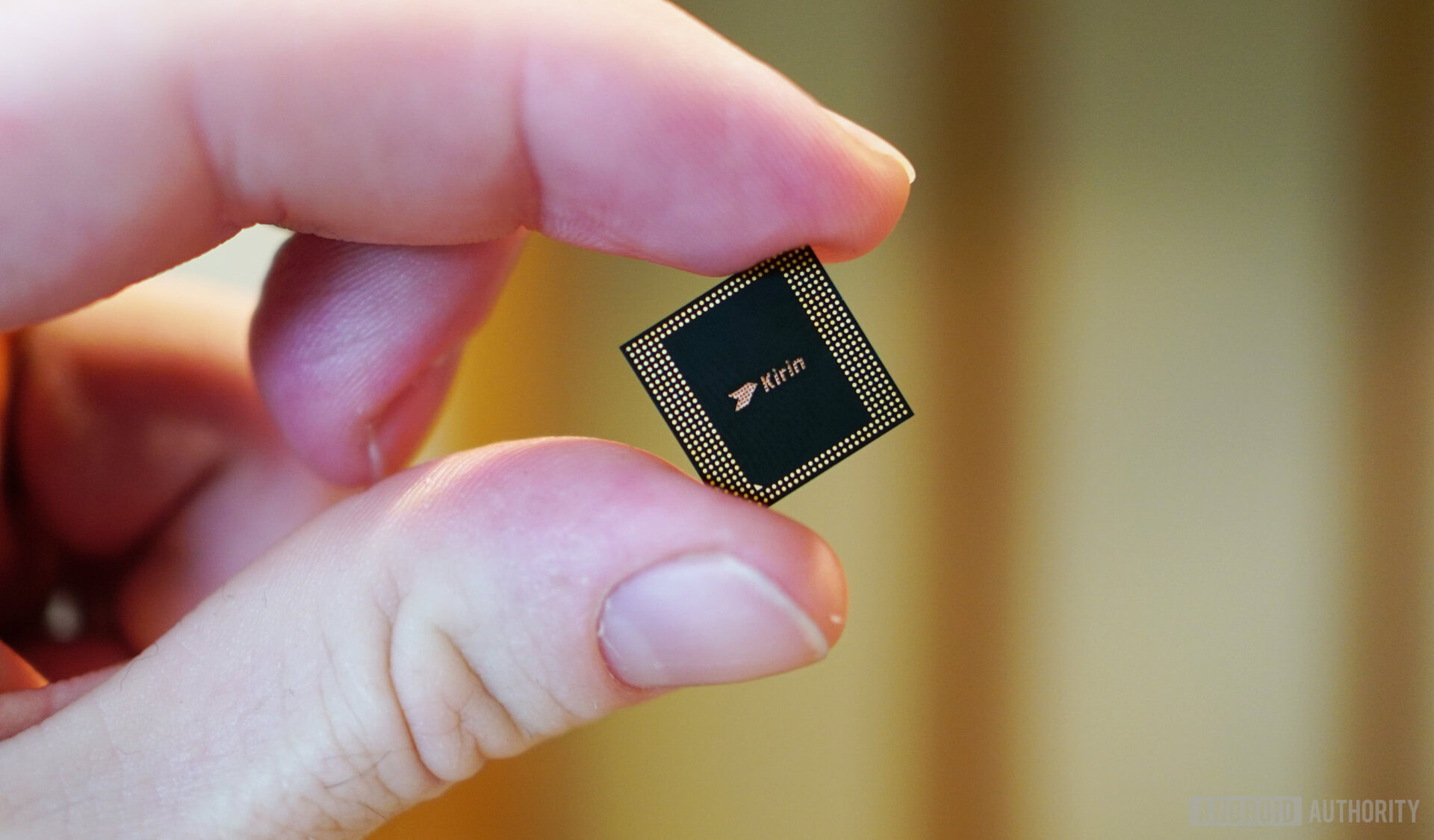
Three months worth of hardware isn’t much, but it’s also a conservative estimate. The Nikkei Asian Review (via CNBC) suggested that, “HUAWEI told some suppliers six months ago that it wanted to build up a year’s worth of crucial components to prepare for any issues related to the U.S.-China trade war.”
HUAWEI started making alternative chips to those it sources from the U.S. last year too. Meanwhile, the company’s HiSilicon chip division — responsible for the CPUs in its major devices — also stated last week that it’s able to ensure a steady supply and “strategic safety” of most parts.
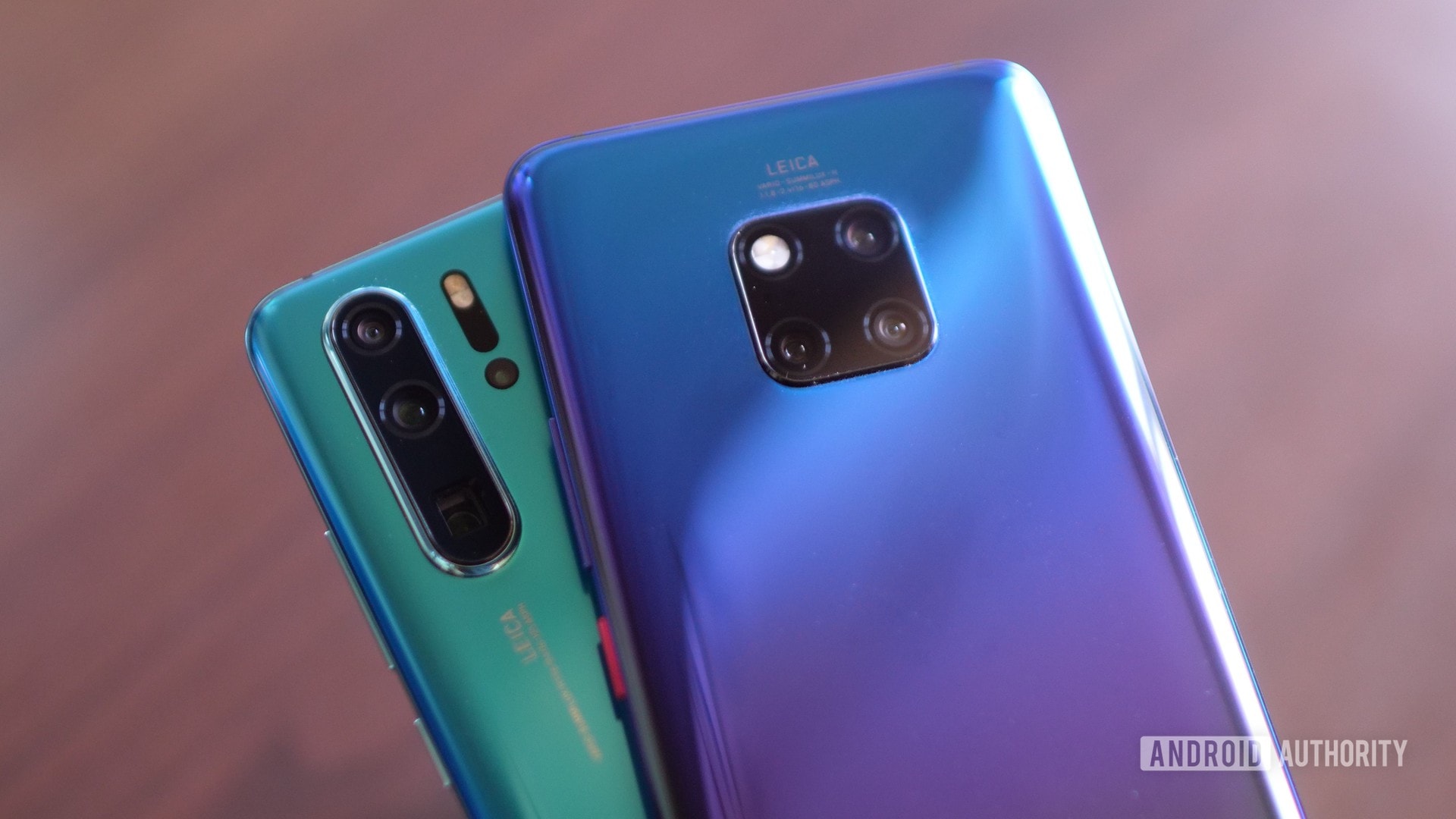
“The company has known this could be a possibility for many years,” read a recent employee message from Ken Hu, HUAWEI’s deputy chairman, as quoted by Bloomberg. “We have invested heavily and made full preparations in a variety of areas, including R&D and business continuity, which will ensure that our business operations will not be greatly affected, even under extreme conditions.“
So, the situation for HUAWEI isn’t dire, but with reports suggesting HUAWEI sources as much as 25 percent of its components from the U.S., the ban would surely catch up to HUAWEI eventually.
Will HUAWEI’s plan B ever come into effect?
What would be a cataclysmic problem for some Android smartphone makers may turn out to be a bump in the road for HUAWEI. The company has been working on a safeguard against this trade row for years. Unless it has underestimated the situation’s gravity, or been caught off-guard by the timelines, it may able to sustain itself for some months until the U.S.-China trade situation improves.
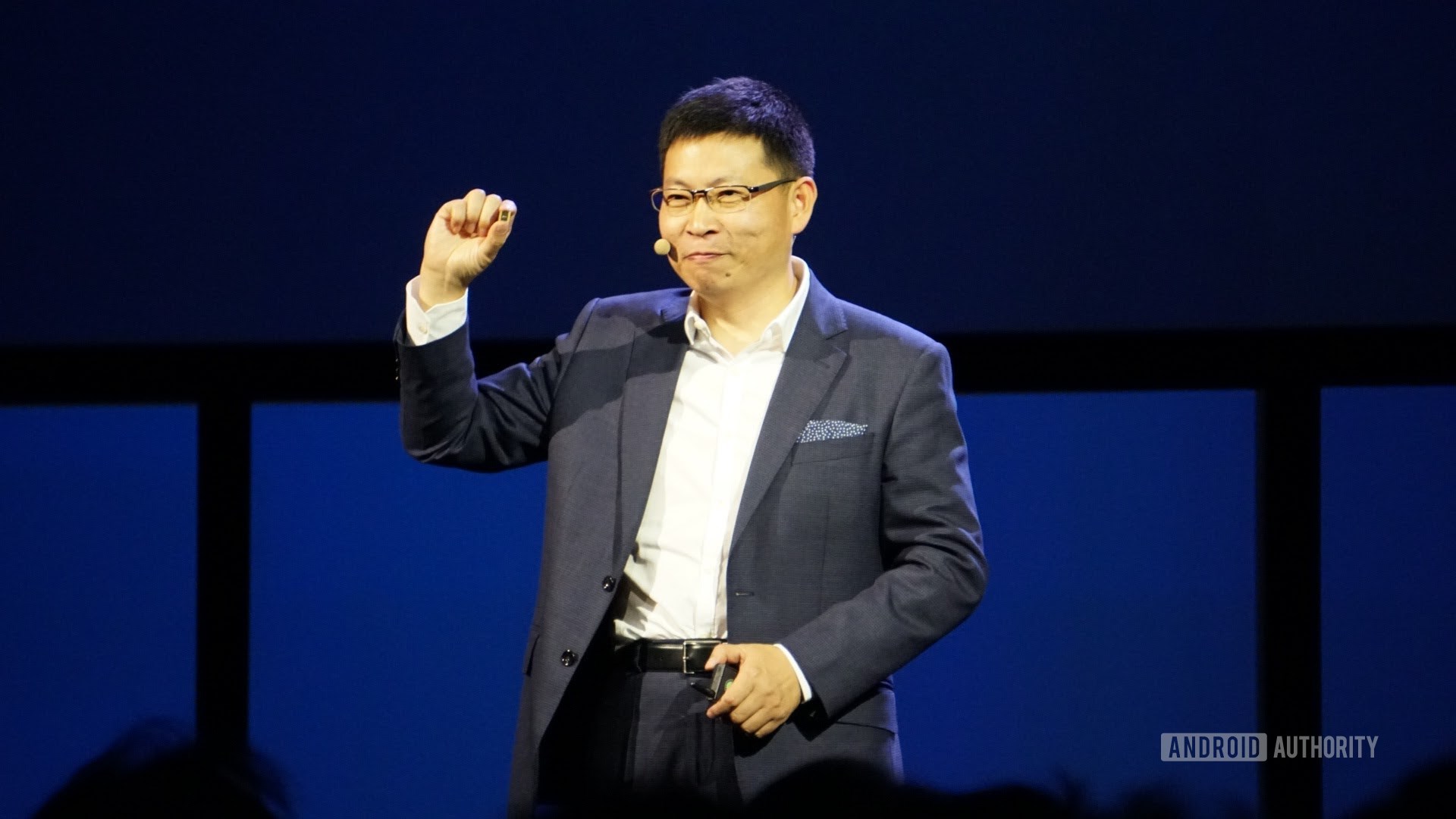
HUAWEI will want to avoid a situation as drastic as launching its operating system. Developing an iOS and Android competitor would be a monumental challenge, and without Google apps support, it wouldn’t stand a chance in Western markets. Nobody is going to give up their iPhone or Android phone for a HUAWEI device that doesn’t have the Gmail, Maps, or YouTube apps.
The OS may fare better in mainland China, where most Google apps and services are blocked, but I suspect HUAWEI will instead hope for a solution via the U.S. and China’s trade negotiations — or else seek a way to regain the full Android license and services (such as vowing not to spy). HUAWEI might have a plan B, but you can bet it doesn’t want to invoke it.